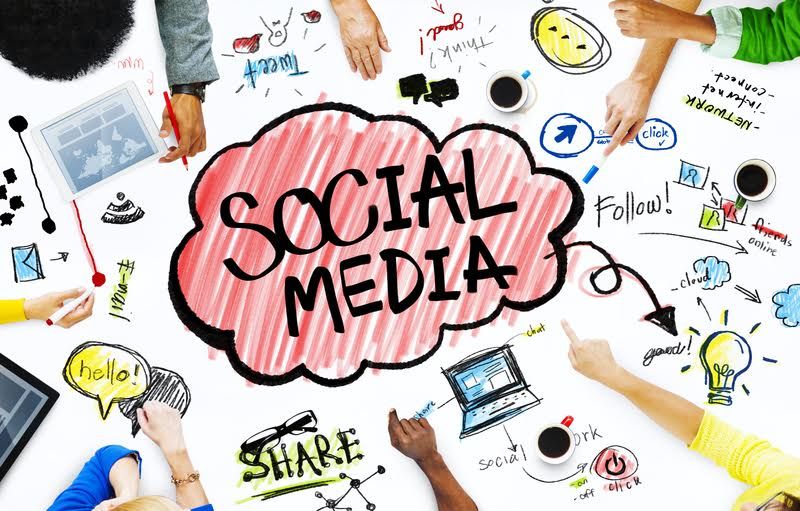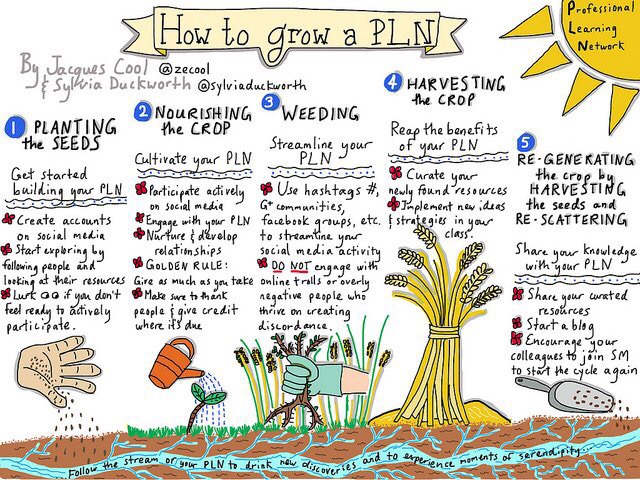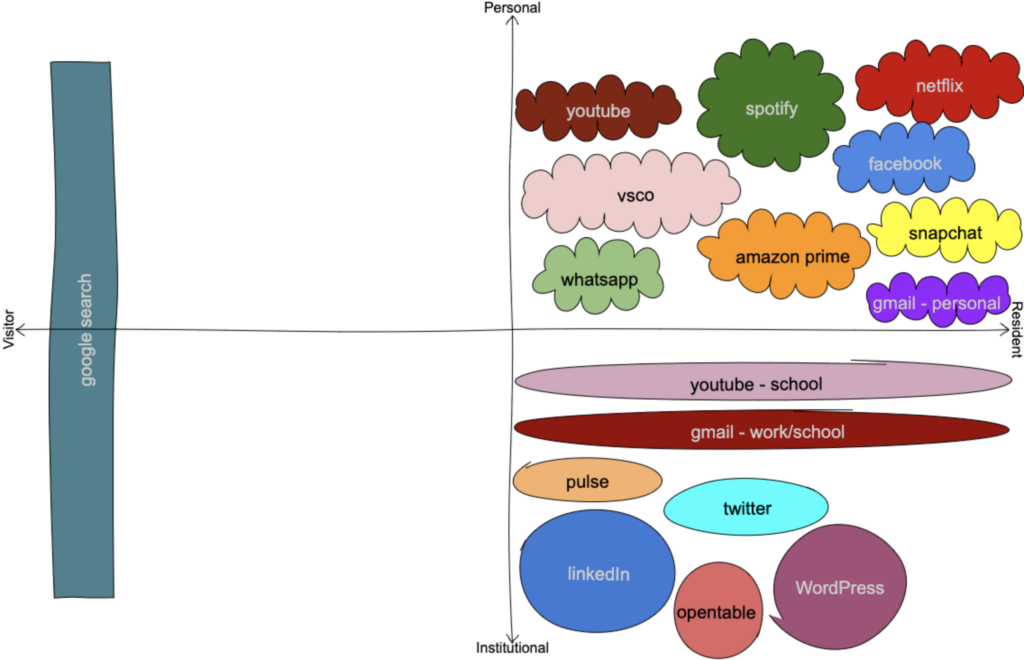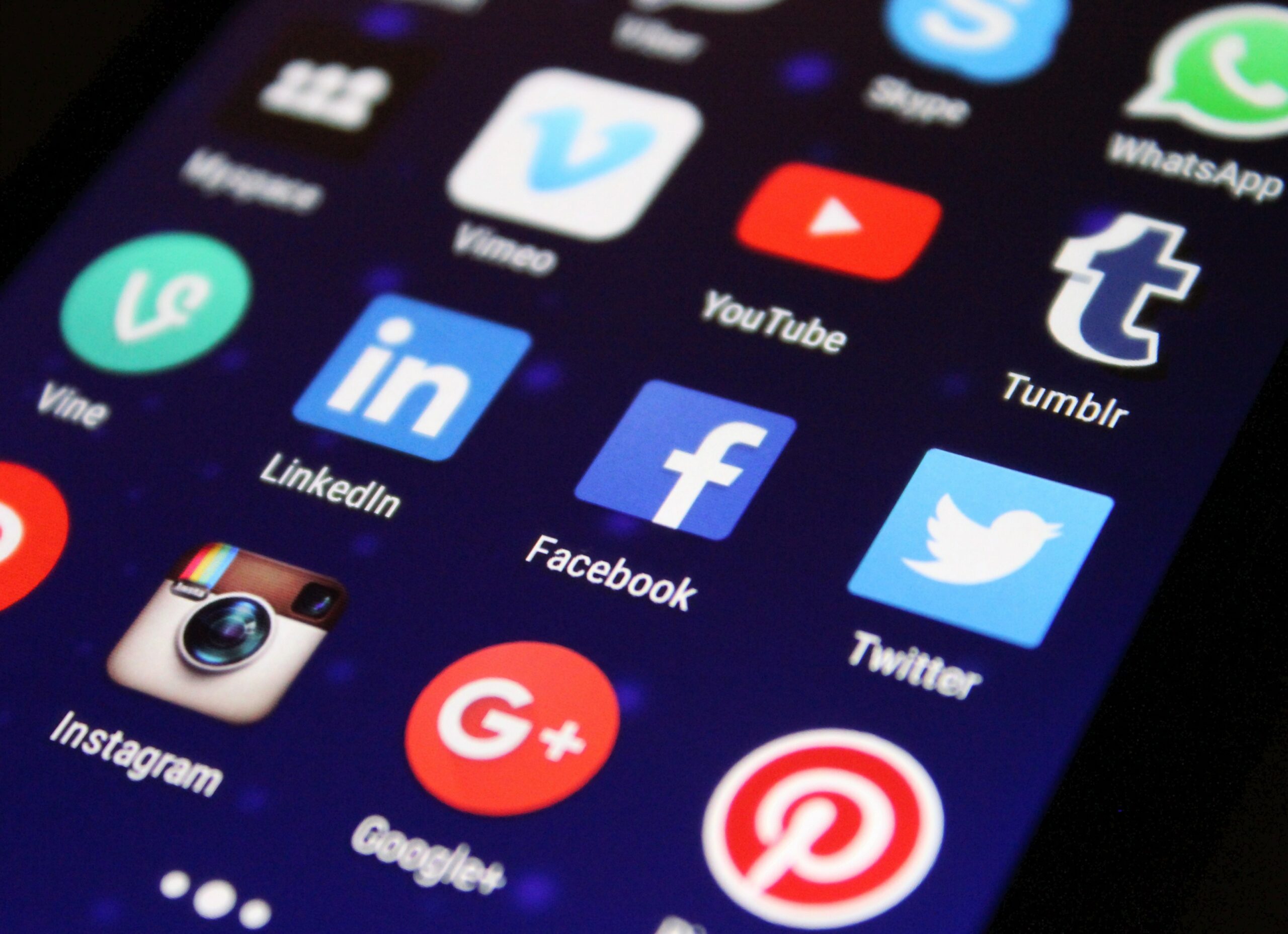
- What digital platforms are students currently using to develop their professional network?
As students, it is critical to develop a strong platform to be able to network professionally, during both pre and post-undergrad it’s beneficial when it comes down to narrowing the type of job you’re looking for and constructing specific skills that your future employer would like to see. One of the most popular networks is LinkedIn, it is one of the largest network platforms used today. Individuals including myself are finding so many different opportunities on this site to help build connections and level up in their professional careers. Other great sites included indeed, Quora and CareerBuilder.
- What could the student consider in expanding their professional learning network?
Students now can benefit from growing a professional learning network through social media, workshops, and online courses. Being able to create separate professional and personal social media accounts can help us navigate and control what we want our employers and friends to see. Having a PLN is beneficial to bouncing around ideas, resources, and tools all a click away on the internet.

- In your network, how can you create a digital identity/ reputation?
As we evolve with technology, we continue to work with the technological resources and networks to which we have access in our surroundings and we create and manage our own online presences and footprints, along with asserting control over how we choose to express individual digital identity. Creating a digital identity necessitates a great deal of being articulated with information we want potential employers to take notice of. I believe my digital identity highlights my background and skills in which I can bring great assets to a company and that can create a good reputation for further networking.
Consider how an employer would respond if you applied for a job with them and they assessed your social media presence via your digital identity.
- Diving into my V&R map, my employer can see I am very active on the applications I use frequently. All my school applications such as WordPress, Pulse, Brightspaces, and Youtube are in the institutional category along with OpenTable and Twitter being used for work-related purposes.
MY V&R MAP

Reference:
Hueber, C., says, B., says, C. H., says, K. O., says, A. S., Says, C., says, S. S., & says, W. M. J. (2021, July 13). Which of the top 5 professional networking sites – linkedin, Quora, Plaxo, Viadeo, Xing – is best for your business? Which of the Top 5 Professional Networking Sites – LinkedIn, Quora, Plaxo, Viadeo, XING – is Best for Your Business? https://www.christinehueber.com/which-of-the-top-5-professional-networking-sites-linkedin-quora-plaxo-viadeo-xing-is-best-for-your-business-by-christine-hueber/
Sansom, S. F. and H. (n.d.). How to grow A professional learning network. Hello World. from https://helloworld.raspberrypi.org/articles/hw14-how-to-grow-a-professional-learning-network
Clifford, M. 20 tips for creating a professional learning network. InformED. http://www.opencolleges.edu.au/informed/features/20-tips-for-creating-a-professional-learning-network/#ixzz2GruraFLQ
